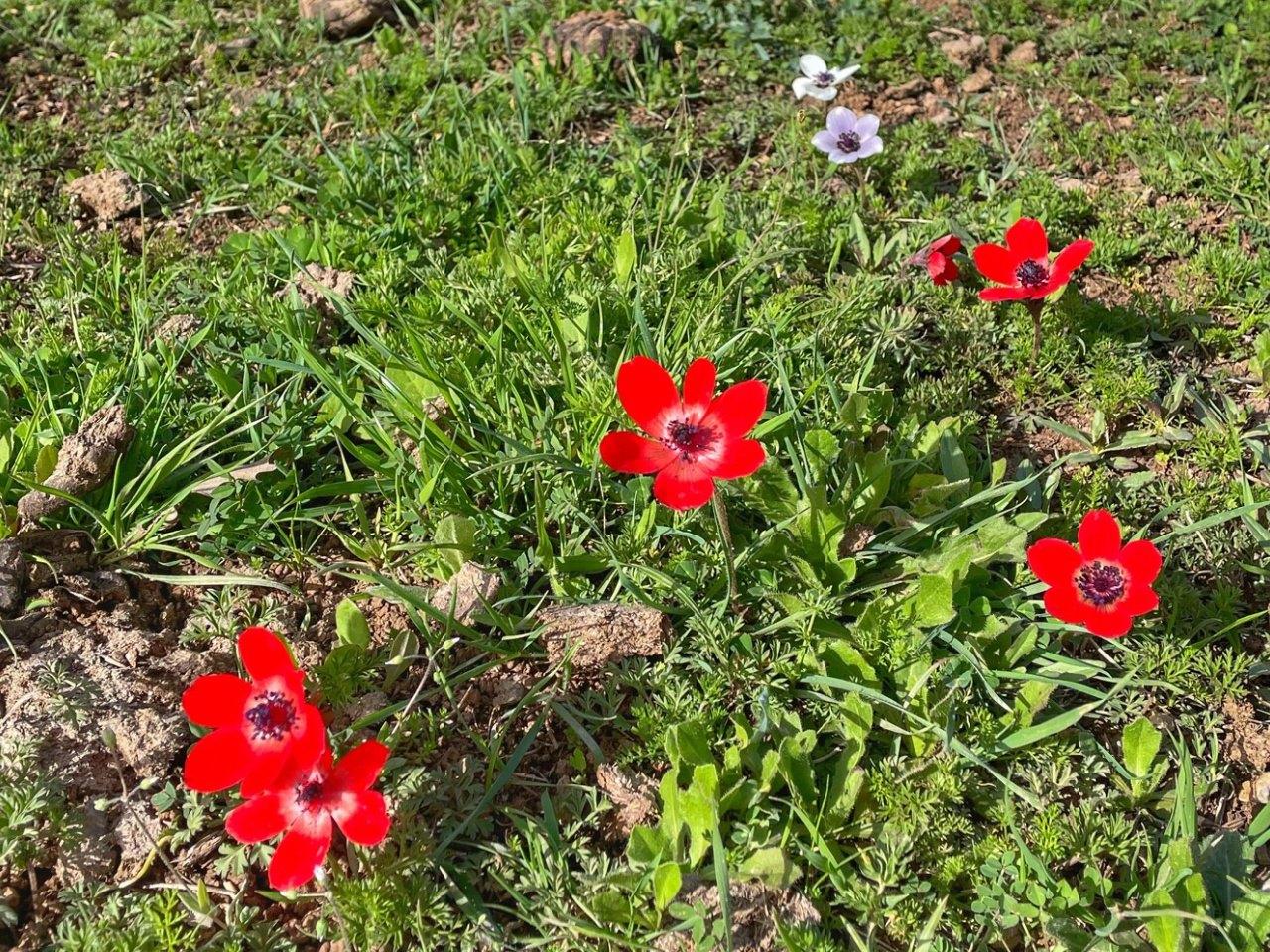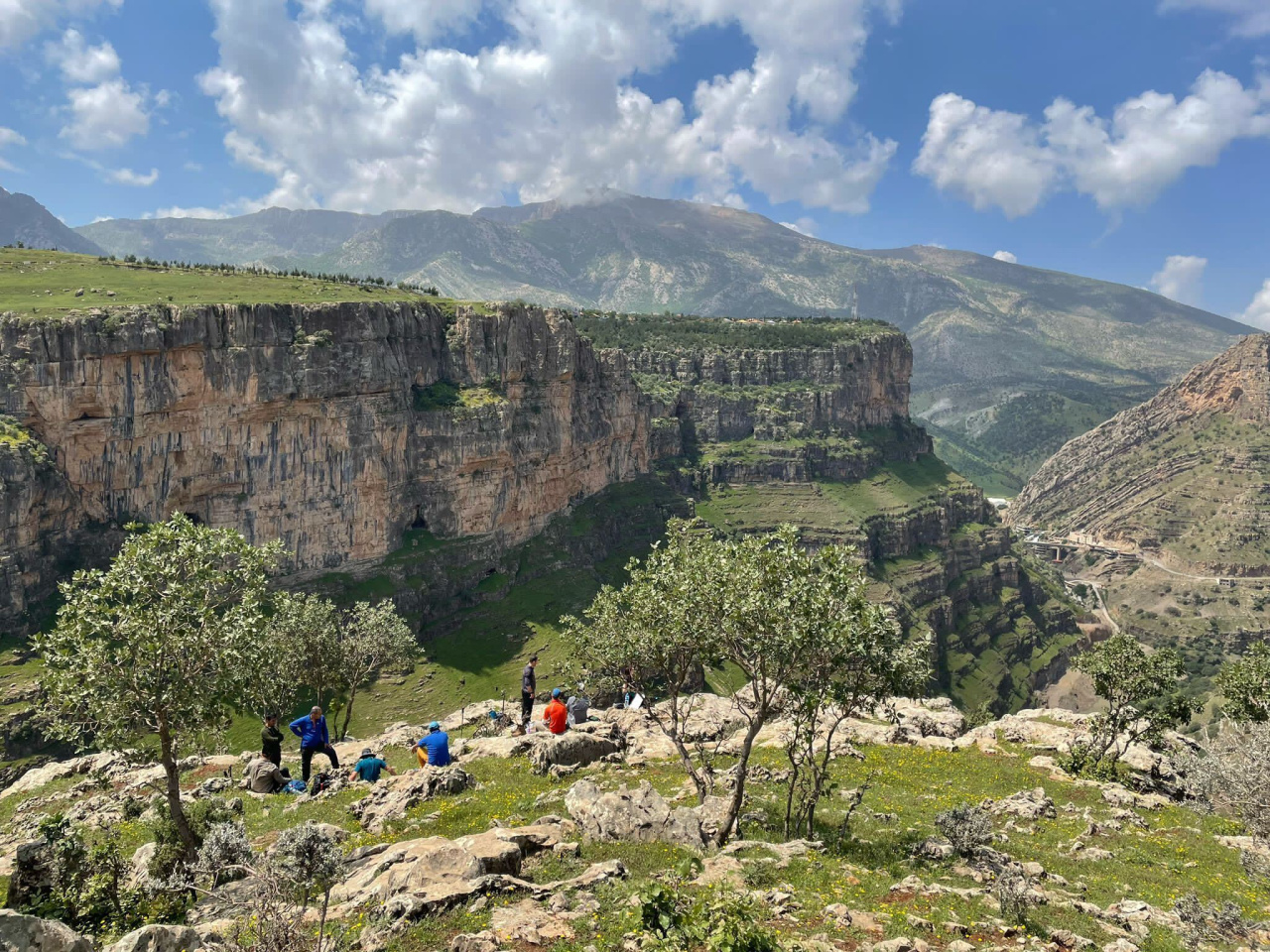
The Abraham Path Initiative’s flagship project, developing a long-distance walking trail in the Kurdistan Region of Iraq (KRI), was the cover story of The New York Times Magazine’s April 24 issue. The article by Ben Mauk featured API Fellow Leon McCarron and our Kurdish partner Lawin Mohammad. The project in KRI extends our mission to nurture trail projects in Southwest Asia and is aligned with our “mission to bring together, at walking speed, people and cultures from across the wanderings of the founder of three major monotheisms,” writes Mauk, who is referring to the legendary Abraham (Ibrahim in Arabic and Turkish, and Braham in Kurdish).

Ibrahim and his family are credited with a legacy of hospitality and kindness to strangers throughout the region we commonly call “the Middle East.” These traditions of generosity are practiced far and wide. One of our guides told us that for the people of Kurdistan, “The only sin greater than not offering visitors everything we have would be to accept any money for it.”



The multi-page story with photographs by Andrea Frazzetta, details days of trail scouting in November 2021. Mauk writes:
Everywhere they went, they asked the same question: “Where does this trail go?” In this manner, the pair began to map. Possibly for the first time in the region’s written history the immense and constellated firmament of trodden ways in which humans and animals have marked the Zagros Mountains. It is a network with no tribal or national distinctions, one far older than the Treaty of Sèvres or the Sykes-Picot Agreement.
API’s partners on the ground are a well-matched pair: Mohammad joyously meets new people, extending relationships and building our network. “McCarron gathers huge data sets -- geographic, political, meteorological -- while Mohammad practices rural diplomacy.” They improvise, they negotiate. In reporting this story, Mauk interviews Galeo Saintz, international chair of the World Trails Network, who was a guest on API’s Meet Us on the Abraham Path in July 2020. Given there are no global standards to adhere to, how should these trailblazers proceed? “It’s like asking, ‘How long should a piece of string be?’ It depends on what it’s for.” Saintz told Mauk.


This trail is for connecting people across the challenging divides of our times. It will nurture economic growth, cross-cultural communication, and heritage preservation in Southwest Asia through community-based tourism. At its fullest, the Zagros Mountain Trail and the hospitable people that live along it, will advance API’s vision that this region become known worldwide for hospitality and walking trails, and as a place where people connect through conversation and transform relationships.
In the meantime, there are inhospitable realities with which to contend. Approximately 3,000 minefields remain uncleared in Iraqi Kurdistan, the waste of Iraq’s war with Iran (1980-88). The Zagros Mountain Trail route steers carefully and scientifically clear of these, making it a safe passage for walkers, townspeople, and shepherds grazing their flocks. In fact, the wisdom of shepherds and townspeople contribute to the secure twists and turns in the trail.
Coverage of API’s project in The New York Times has been a boon to the organization: boosting awareness, interest, and donations. Our Board of Directors has put a matching challenge to API’s global community and will match dollar for dollar donations to this effort up to $32,500. Click here to invest in the completion of this bold and noble project.

